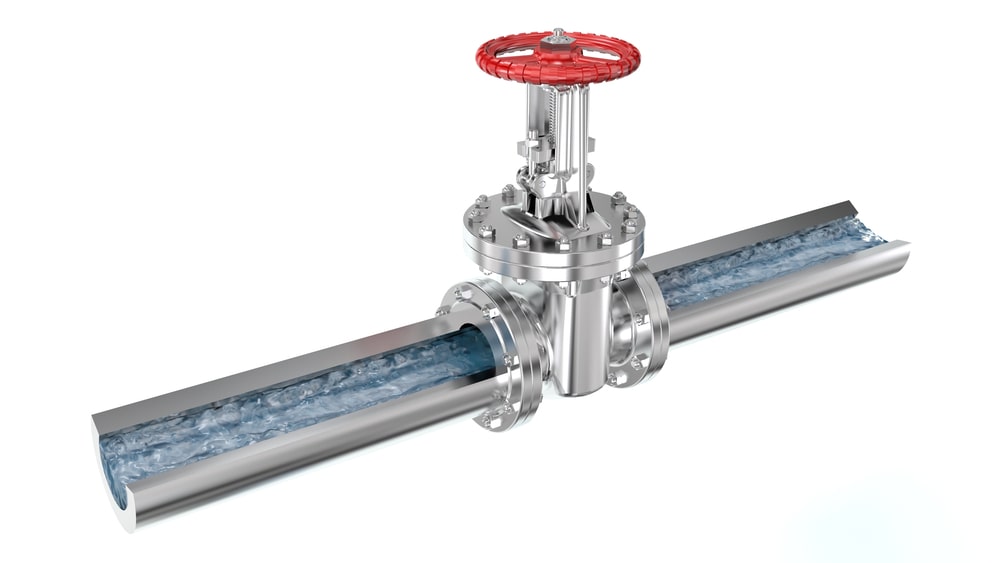Flow of fluids
The flow of fluids: Fluid is a substance similar to a gas or a liquid that has no fixed shape and flows fluently upon operation of external pressure. Flow is defined as the act of moving on in a steady, nonstop sluice. Therefore, fluid inflow is a part of fluid mechanics that deals with fluid dynamics and is a stir of feasts and liquids. The stir of fluid is due to unstable forces, and this stir continues as long as unstable forces are applied.

For illustration, if you’re pouring water from a teacup, the haste of water is veritably high over the edge, relatively high approaching the edge, and veritably low at the bottom of the teacup. The unstable force is graveness, and the inflow continues as long as the water is available and the teacup is listed.
Fluid inflow has all kinds of aspects similar as they can be steady or unsteady, compressible or incompressible, thick or non-viscous, and rotational or irrotational. These characteristics reflect the parcels of the liquid itself, and others concentrate on how the fluid is moving. As mentioned before, fluid inflow can be steady or unsteady and it depends on the fluid’s haste.
In steady fluid inflow, the haste of the fluid is constant at any point whereas, in the case of unsteady, the fluid’s haste can differ between any two points. Density is a measure of the consistency of fluid and veritably gloppy fluids similar to motor canvas or soap is called thick fluids.
The volume of fluid replaced in a given interval of time is called the fluid flow rate. It is expressed as
Mass flow rate = ρAV …. (1.1)
Where, ρ = density, V = Velocity and A = area.
Thus, Flow rate = Area × Velocity…. (1.2)
Both gas and liquid inflow can be measured in volumetric or mass inflow rates, similar to L/ sec or kg/ sec, independently. Fluid inflow measures are related to the material’s viscosity. The viscosity of a liquid is nearly independent whereas for feasts, the consistency of which depends greatly upon pressure, temperature, and to a lower extent, composition. There are several types of inflow measures that work, either by measuring the discriminational pressure within a condensation or by measuring static and recession pressures to decide the dynamic pressure.
Make sure check our amazing article: Classification of size reduction equipment